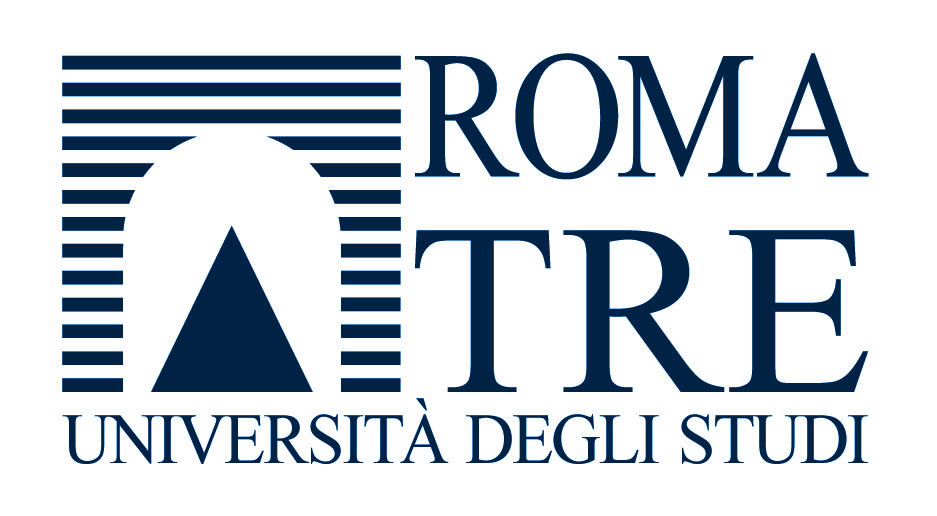|
(objectives)
• Introduction to the United Nations Sustainable Development Agenda 2030 as a whole and in its general structure
• Analysis of the 17 SDGs (Sustainable Development Goals)
• Critical discussion on the organization of the Agenda and the links between its various objectives, both in terms of synergies and of conflicts
• Insights on some of the Agenda objectives, especially concerning the specific interests and/or study plans of the students
Provide an analysis of the goals of the Agenda 2030 focusing on the Earth Sciences (especially concerning the theme of energy) and Life Sciences (in particular concerning on terrestrial and marine ecosystems and climate change), along with other goals focusing on nutrition and health.
|
|
Code
|
20410594 |
|
Language
|
ITA |
|
Type of certificate
|
Profit certificate
|
| Module:
(objectives)
• Introduction to the United Nations Sustainable Development Agenda 2030 as a whole and in its general structure
• Analysis of the 17 SDGs (Sustainable Development Goals)
• Critical discussion on the organization of the Agenda and the links between its various objectives, both in terms of synergies and of conflicts
• Insights on some of the Agenda objectives, especially concerning the specific interests and/or study plans of the students
Provide an analysis of the goals of the Agenda 2030 focusing on the Earth Sciences (especially concerning the theme of energy) and Life Sciences (in particular concerning on terrestrial and marine ecosystems and climate change), along with other goals focusing on nutrition and health.
|
|
Language
|
ITA |
|
Type of certificate
|
Profit certificate
|
|
Credits
|
3
|
|
Contact Hours
|
20
|
|
Type of Activity
|
Elective activities
|
|
Derived from
|
20410594 L’Agenda 2030 delle Nazioni Unite per lo sviluppo sostenibile - Le implicazioni per le Scienze della Vita e della Terra in Field and Natural Resources Geology LM-74 (professor to define)
|
|
Dates of beginning and end of teaching activities
|
From to |
|
Attendance
|
not mandatory
|
|
|
| Module:
(objectives)
• Introduction to the United Nations Sustainable Development Agenda 2030 as a whole and in its general structure
• Analysis of the 17 SDGs (Sustainable Development Goals)
• Critical discussion on the organization of the Agenda and the links between its various objectives, both in terms of synergies and of conflicts
• Insights on some of the Agenda objectives, especially concerning the specific interests and/or study plans of the students
Provide an analysis of the goals of the Agenda 2030 focusing on the Earth Sciences (especially concerning the theme of energy) and Life Sciences (in particular concerning on terrestrial and marine ecosystems and climate change), along with other goals focusing on nutrition and health.
|
|
Language
|
ITA |
|
Type of certificate
|
Profit certificate
|
|
Credits
|
3
|
|
Scientific Disciplinary Sector Code
|
GEO/03
|
|
Contact Hours
|
28
|
|
Type of Activity
|
Elective activities
|
|
|
|
|
 Università Roma Tre
Università Roma Tre